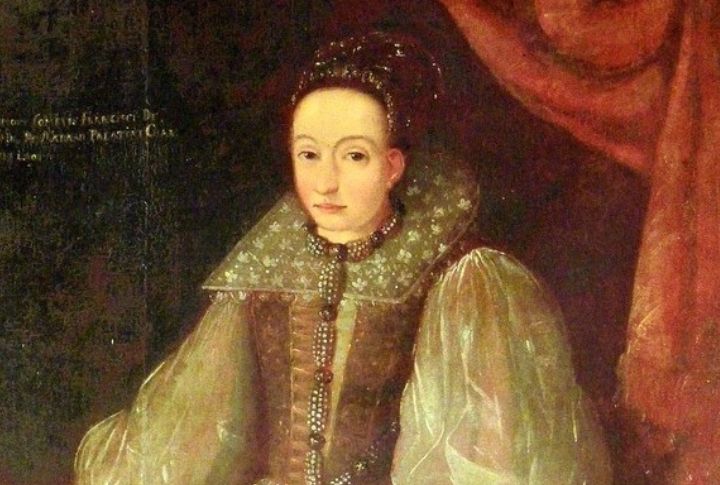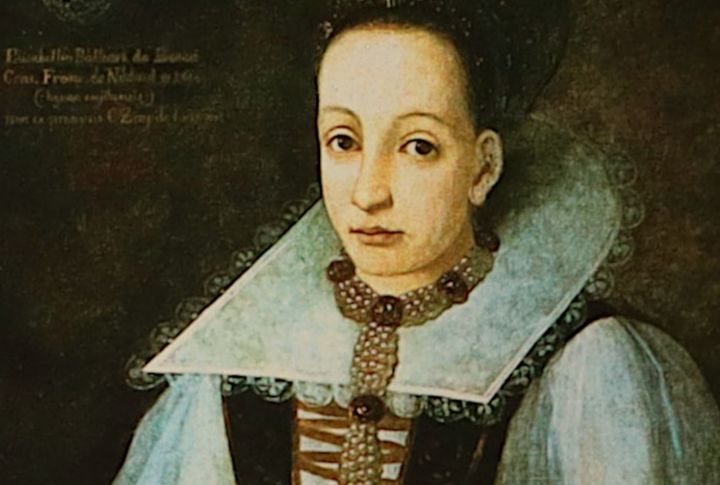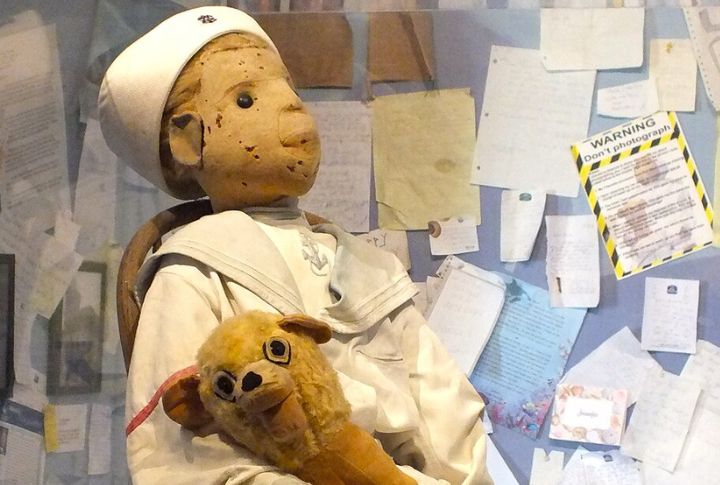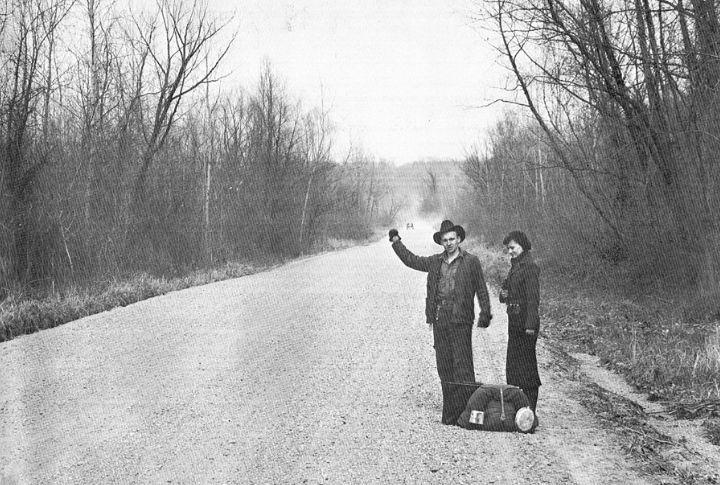
It’s easy to assume that Halloween lore sprang from thin air, but many well-known myths actually stem from real people whose lives left lasting impressions. Their histories were compelling enough on their own, and later retellings pushed them even further into legend. Here are ten figures whose unusual stories shaped the myths we still repeat.
The Jack-O’-Lantern: Stingy Jack

Meet Stingy Jack, Ireland’s most notorious con artist. This cunning fellow actually outwitted Satan himself—twice, according to legend. Naturally, such boldness came with consequences. Denied entry to both hell and heaven, Jack received only a glowing ember to light his endless journey. He placed it inside a hollowed turnip and created history’s first portable lantern.
The Vampire Panic: New England Families

In 19th-century New England, tuberculosis spread so quickly that families believed something supernatural was draining them. Communities suspected the first person who died was somehow “feeding” on the living, which led to exhumations. Mercy Brown became the most famous case because her body seemed unusually intact in the winter cold, convincing villagers she was the culprit. They even removed her heart as part of an old folk ritual to stop the illness.
The Blood Countess: Elizabeth Bathory

Known as the Blood Countess, Elizabeth Bathory gained notoriety in 16th-century Hungary for supposedly killing women to maintain her youthful appearance. Because these grim stories captured imaginations, writers and filmmakers later transformed her image into the vampire archetype, which made her one of the most infamous Halloween inspirations.
The Witch Trials: Salem Victims

Fear of witches swept through Salem in 1692, and ordinary villagers were accused of dark magic. Panic grew quickly, which led to unfair trials and tragic deaths. Today, Halloween stories still borrow from this haunting past, with witches and haunted houses keeping the eerie spirit alive each October.
The Bell Witch: John Bell Family

The Bell haunting began quietly, just noises in the dark. Soon, Adams, Tennessee, buzzed with stories about a spirit tormenting the Bell family—especially young Betsy, who was slapped and shaken during gatherings. Curious visitors arrived, including Andrew Jackson, who left shaken. The entity never hid its identity; it claimed to be Kate Batts’ spirit settling a score.
The Haunted Doll: Robert Eugene Otto

In Baltimore, a young art student named Robert Eugene Otto owned a porcelain doll he called “Robert.” Legend says he cursed it, and strange happenings haunted his home for decades. People claimed the doll moved on its own, whispered at night, and caused mischief, which made it a source of lasting fear.
The Murder Castle: H.H. Holmes

Chicago’s Murder Castle, built by H.H. Holmes, featured hidden rooms, trapdoors, and soundproof spaces meant to confuse and trap victims. As word of the horrors spread, the building became a symbol of fear. Even years later, its twisted design and deadly secrets are remembered as a stark example of calculated horror.
The Vanishing Hitchhiker: Unsolved Cases

In small towns and on lonely roads, travelers describe picking up young hitchhikers who vanish before reaching their destination. Witnesses report cold chills and sudden silences, as if the person was never there. Such unsolved encounters continue to puzzle investigators and become staple Halloween ghost stories for generations.
The Jersey Devil: The Leeds Family

According to New Jersey folklore, the Leeds family gave birth to a child cursed to become a terrifying winged creature in 1735. Descriptions include claws and a blood-curdling scream. Mysterious sightings and tracks throughout the region kept people uneasy, which ensured that the story of the Jersey Devil remained a chilling mystery for generations.
The Real Dracula: Vlad The Impaler

Few historical figures match Vlad the Impaler’s capacity for orchestrated terror. Operating in 15th-century Wallachia, he impaled tens of thousands—primarily Ottoman invaders—as both punishment and deterrent. Yet Bram Stoker, researching from England and never visiting Romania, recognized the name’s dark potential. By connecting Vlad’s bloodthirsty reputation to vampire legend, Stoker created Halloween’s most enduring monster mythology.

